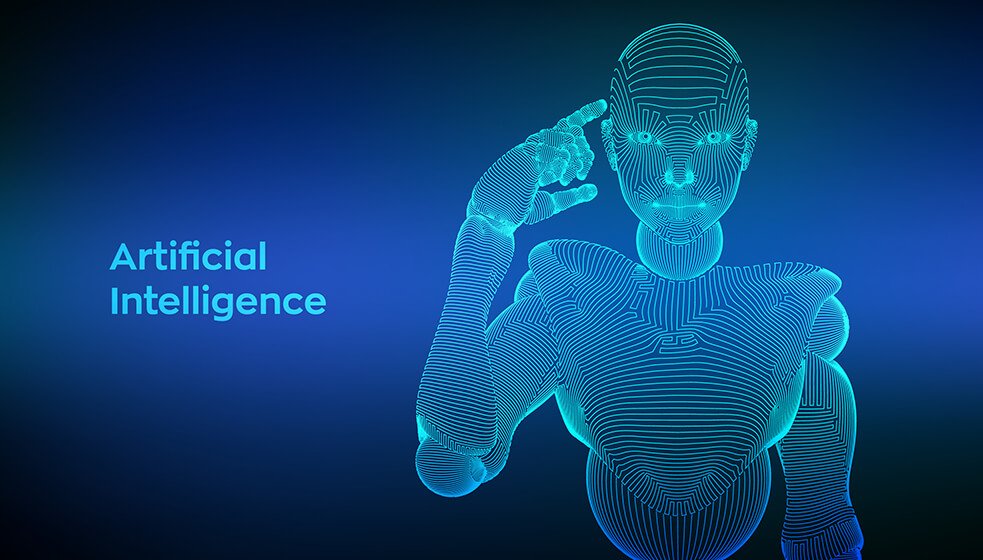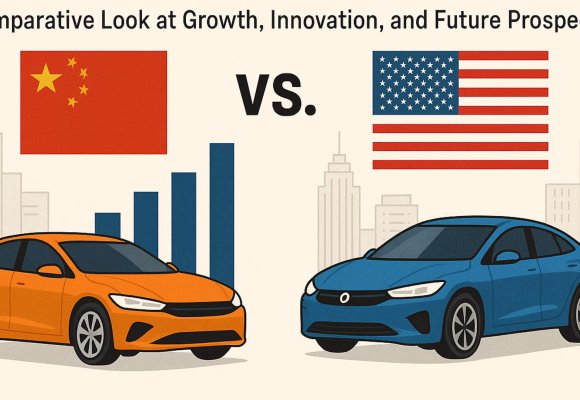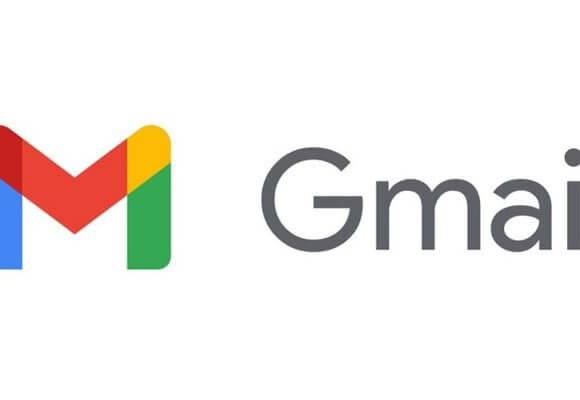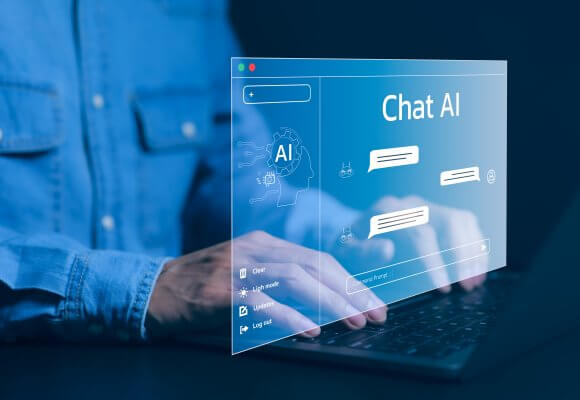|
LISTEN TO THIS THE AFRICANA VOICE ARTICLE NOW
Getting your Trinity Audio player ready...
|
A brief History of Artificial Intelligence.
Artificial intelligence (AI) has come a long way since its inception. The history of AI dates back to the early 1950s when computer scientists began exploring the possibility of creating machines that could simulate human intelligence. This exploration led to the development of neural networks and machine learning, two critical components of modern AI.
One of the earliest examples of AI was the chess-playing computer program developed by IBM in the late 1950s. This program, called the IBM 704, could play a complete chess game against a human opponent.
While the program was not very sophisticated by today’s standards, it was a significant breakthrough in the development of AI.
Researchers began developing expert systems in the 1960s and 1970s to mimic human experts’ decision-making processes in specific fields. These systems were used in various applications, including medical diagnosis and financial analysis. Over the years, AI has continued to evolve and become more sophisticated.
In the 1980s and 1990s, AI researchers began exploring using neural networks and machine learning algorithms to create more sophisticated AI systems. These systems were used in various applications, including image and speech recognition, natural language processing, and autonomous vehicles.
Today, AI is used in various healthcare, finance, manufacturing, and transportation applications.
Let’s talk about Invisible AI.
The cybersecurity field is a significant example of invisible AI. Many organizations use AI-based security solutions to detect and prevent cyber-attacks.
These solutions use machine learning algorithms to analyze network traffic, identify patterns that may indicate a security breach, and allow organizations to respond quickly to potential threats and prevent data breaches.
Another example of invisible AI is in the field of advertising. Many online advertising platforms use AI algorithms to analyze user behavior and preferences and deliver targeted ads to specific audiences. Advertisers, therefore, can maximize the effectiveness of their campaigns and increase their return on investment.
Here are more examples of invisible AI we encounter in our daily lives
Virtual Assistants: Virtual assistants such as Siri, Alexa, and Google Assistant use natural language processing (NLP) and machine learning to understand and respond to our commands. They can answer our questions, set reminders, and even control our smart home devices.
Online Recommendations: Online retailers such as Amazon and Netflix use AI algorithms to analyze our browsing and viewing history and recommend products and movies that we might like. The algorithms help users find what they want more quickly and increase sales for these companies.
Fraud Detection: Banks and credit card companies use AI to detect fraud by analyzing our transaction history and flagging suspicious activity. The goal is to protect customers’ accounts from unauthorized access and prevent financial losses.
Social Media Filtering: Social media platforms such as Facebook and Twitter use AI to filter out content that violates their community guidelines, such as hate speech or graphic violence.
Traffic Management: Traffic management systems use AI to monitor and control traffic flow. Such actions include analyzing traffic patterns, predicting congestion, and adjusting traffic signals in real-time to reduce congestion and improve safety.
Voice Transcription: AI-powered transcription services such as Otter and Google Live Transcribe use speech recognition algorithms to transcribe our spoken words into text, empowering people with hearing impairments or needing to transcribe meetings or interviews.
Email Sorting: Email providers such as Gmail use AI to automatically sort our emails into categories such as primary, social, and promotions, saving us time and bringing some semblance of sanity to our inboxes.
AI is all around us, and we may not even realize it. These everyday examples of invisible AI are just the tip of the iceberg. As technology advances, we can expect to see even more AI-powered machines. While there are certainly concerns about the impact of AI on our privacy and employment, there is no denying the convenience and benefits these technologies provide.
Potential AI Dangers
While there are many benefits, some dangerous examples of AI pose a threat to society. Here are some potentially dangerous examples of AI:
Autonomous Weapons: Autonomous weapons, also known as killer robots, can operate without human intervention. These weapons are programmed to identify and engage targets without human oversight, raising concerns about potential accidental or malicious use.
Deepfakes: Deepfakes are manipulated videos or images created using machine learning algorithms. They can be used to create convincing fake news or impersonate individuals, which can be used to spread false information and manipulate public opinion.
Biased AI: AI algorithms are only as good as the data behind their mainframe. If the data is biased, the AI will also be biased. Such AI could lead to discriminatory outcomes in hiring, lending, and criminal justice areas.
Cybersecurity Threats: AI can also create sophisticated cyber attacks like phishing scams and malware. These attacks can be challenging to detect and cause significant damage to individuals and organizations.
Job Losses: AI is also a potential threat to employment, as it has the potential to automate many jobs, particularly those that involve routine tasks leading to job losses and economic disruption.
Surveillance: AI can be used to monitor and track individuals, raising concerns about privacy and civil liberties.
These risks are not inherent to AI but rather how it is developed and deployed. It’s essential to ensure that AI is developed ethically and responsibly, with consideration given to the potential impacts on individuals and society as a whole.
But the challenges of ethics and the opportunity to make a lot of money using AI require a collaborative effort between policymakers, technologists, and other stakeholders to establish guidelines and regulations for developing and deploying AI.




























LEAVE A COMMENT
You must be logged in to post a comment.